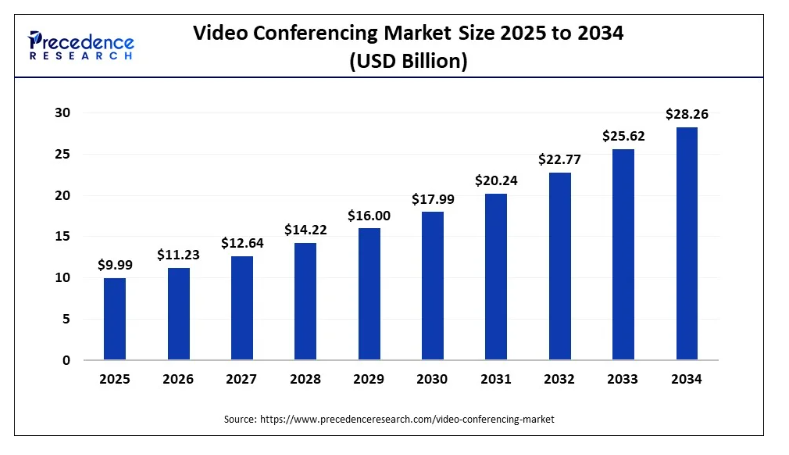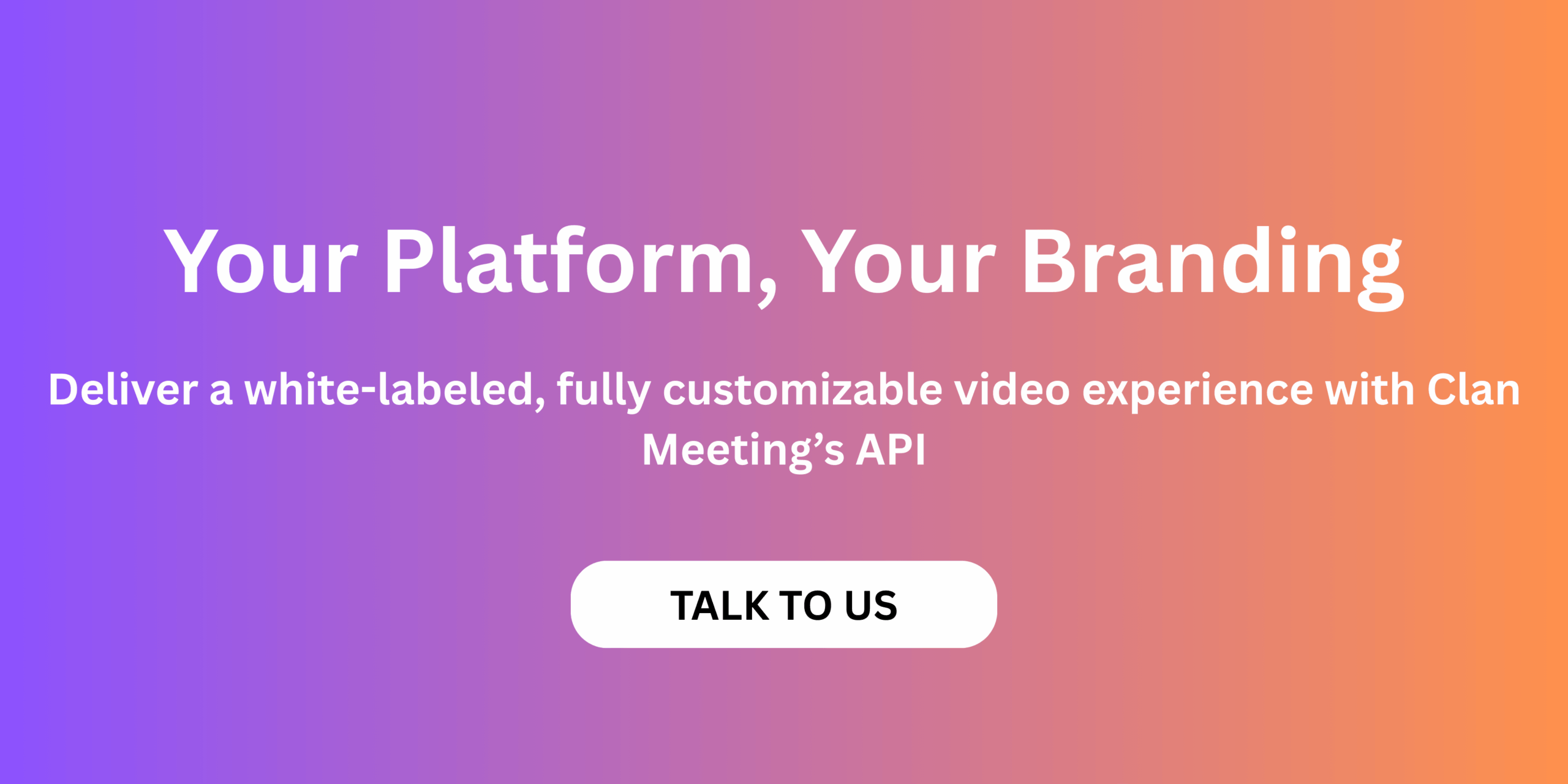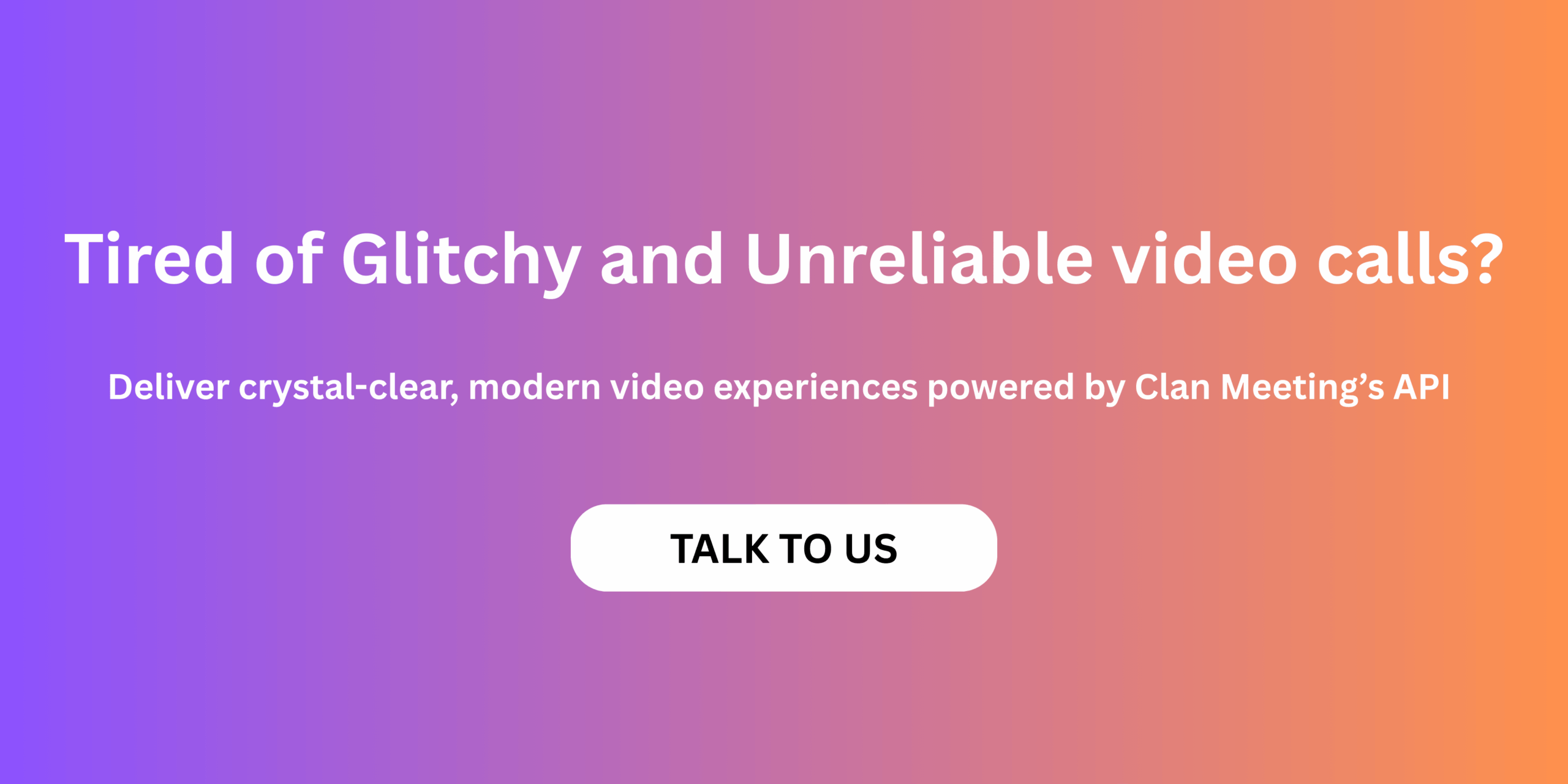HR platforms today are more than just databases of information on employees or job candidates. They are now ecosystems that support hiring, onboarding, training, and working together every day. And in this, integrated video conferencing has emerged as the backbone of such platforms.
According to this report, the market was estimated at ~USD 9.99 billion in 2025 and is projected to grow to ~USD 28.26 billion by 2034 (CAGR ~12 %).
More and more HR IT teams are using customizable video conferencing SDKs to add live video features directly to their software.
Why?
Because a customizable video SDK enables a seamless, branded, and secure experience that off-the-shelf video tools simply cannot match.
This article explores why such SDKs are critical for HR platforms, from both a technical standpoint and a business outcome perspective.
Seamless Integration and User Experience
One of the biggest advantages of using a video conferencing SDK in an HR platform is the seamless integration it offers.
Instead of juggling external tools (like sending a Zoom or Teams link), video interviews and meetings can launch directly inside the HR software interface.
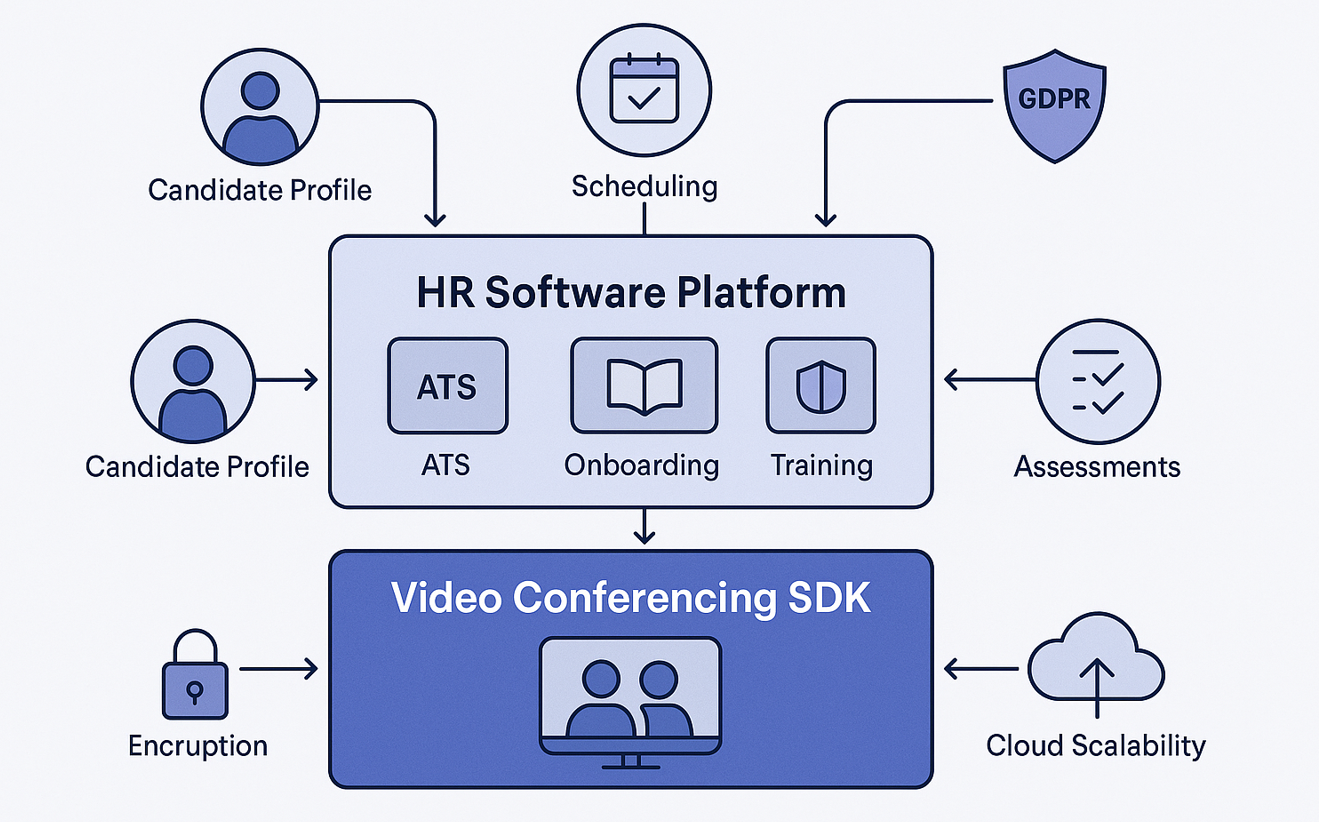
Video SDK Integration in HR Platforms
For instance, an applicant can join an interview with just one click in the recruiting site, while the recruiter stays in the same Applicant Tracking System (ATS) they use every day. All the important information, such as interview schedules, call logs, chat transcripts, and recordings, is stored in one place and linked to the candidate's profile. This makes things easier for both HR teams and candidates by eliminating friction and context-switching.
From a technical point of view, adding video calls through an SDK means that they are just another part of your platform that can talk to other parts (including scheduling, evaluation, feedback forms, etc.) using APIs.
This tight integration can trigger automated actions such as automatically logging call duration or sending a follow-up task once a video interview concludes resulting in a smooth process with less manual data entry or tool-hopping.
From a business outcome perspective, this seamless experience translates to higher efficiency and user satisfaction.
When everything is done at one place, recruiters and HR managers can save time and make fewer mistakes. On the other hand, the candidates get a professional experience where interviews feel like a natural part of the application process instead of a separate video session.
Over time, these efficiencies leads to faster hiring cycles and better decision making as every interaction is recorded and can be reviewed or analysed later. A streamlined user experience ultimately means faster hires and improved productivity, giving organizations an edge in a highly competitive talent markets.
Brand Consistency and Professional Experience
HR platforms are often an extension of an employer’s brand, especially during recruiting. And , a white-labelled, customizable video conferencing SDK ensures that candidates and employees get a consistent brand experience throughout their interactions.
If you send a candidate to a third-party video app, they immediately realize they have left your ecosystem. On the other hand, a native video call embedded in your platform can carry your company’s look and feel - logo, colors, interface elements - providing continuity and professionalism. Everyone sees the same branded interface which develops trust and credibility in your platform in a subtle but effective way.
From the technical POV, achieving this means that the SDK should allow custom UI elements or CSS styling of the video interface.
Many video SDKs let you change the look of the controls or give you direct access to the video stream so you can make your own. You can change the layouts, for example, to show video feeds of the interviewer and the candidate next to an evaluation form, or to include your brand's watermarks. This freedom to customize the UI makes the video aspect feel like a natural part of your software.
Such brand consistent video experience further leads to a better user experience and improved employer branding for the company.
Candidates, for example, are often evaluating your company from every interaction. A well-branded video interview can make a good impression, showing that your company is mordern, works well together, and cares about the user experience. This can make candidates more interested and even more likely to accept offers.
Tailored HR Workflows and Flexibility
Different HR teams have different ways of doing things.
One company might require that all interviews be recorded and attached to the candidate’s profile for later review, while another might forbid recordings but need real - time collaborative note-taking. Some companies do panel interviews that need breakout rooms or waiting rooms, while others only do one-on-one interviews but with skills testing built in.
A customized video conferencing SDK plays a key role in this scenario.
Section | Technical POV | Business POV |
Seamless Integration and User Experience | SDK functions as a native module, connected to ATS, scheduling, and feedback systems via APIs. Supports automation like logging call duration or pushing transcripts into profiles. | Unified workflow reduces errors and saves recruiter time. Candidates experience interviews as part of the platform, improving satisfaction and speeding up hiring cycles. |
Brand Consistency and Professional Experience | SDK allows UI customization: CSS theming, custom layouts, overlays, and watermarks. The video window can match the rest of the platform design. | Reinforces employer branding. Candidates perceive a professional, cohesive environment, increasing trust, engagement, and offer acceptance rates. |
Tailored HR Workflows and Flexibility | SDK provides configurable APIs to enable/disable features, integrate coding whiteboards, or connect to third-party tools. Supports compliance-driven customizations. | HR teams run interviews or onboarding exactly as needed, not forced into one format. Becomes a differentiator for the platform, catering to enterprise needs. |
Security, Privacy, and Compliance | GDPR compliant video conferencing SDK ensures encryption, authentication, access control, and configurable data residency. Can tie into SSO and enterprise security frameworks. | Minimizes legal risks and builds trust. Easier to sell into regulated industries and global enterprises that demand compliance certifications. |
Scalability and Future-Ready Capabilities | SDK providers handle server scaling, load balancing, and low-latency optimization. Supports add-ons like transcription, analytics, or AI-driven features. | Protects long-term investment. HR platforms can scale from small teams to enterprise-wide deployments and adopt new features without rework, improving retention and upsell potential. |
For product managers, a customizable video conferencing SDK for HR software makes it possible to align video features with unique workflows, whether that means coding assessments, collaborative note-taking, or compliance-driven restrictions.
On a technical level, an SDK provides the building blocks (APIs and components) to program custom behaviours.
For example, with an SDK, you may turn features on and off on the fly. You can switch between screen sharing and text chat depending on the stage of the interview, or you can automatically save a meeting tape and transcript to your HRIS (Human Resource Information System) module after the call.
Many SDKs let you add third-party tools or make your own extensions if you need a feature like a coding whiteboard for technical interviews or a polling function for live training sessions. You cannot expect this much flexibility with off-the-shelf video conferencing software since they are built in for specific use cases and are hard to customize.
The business benefit of this flexibility is enormous again.
HR platforms can deliver custom workflows that align perfectly with their user's needs which can be a major competitive differentiator. This can improve effectiveness of how interviews are run within your organization and also adds value to your software offering.
Clients of your HR platform might have diverse needs - by leveraging a flexible SDK, your product can cater to enterprise-specific compliance rules, different interview formats, or unique engagement features.
In short, customization empowers HR tech providers to offer bespoke solutions which can broaden their market appeal.
Security, Privacy, and Compliance
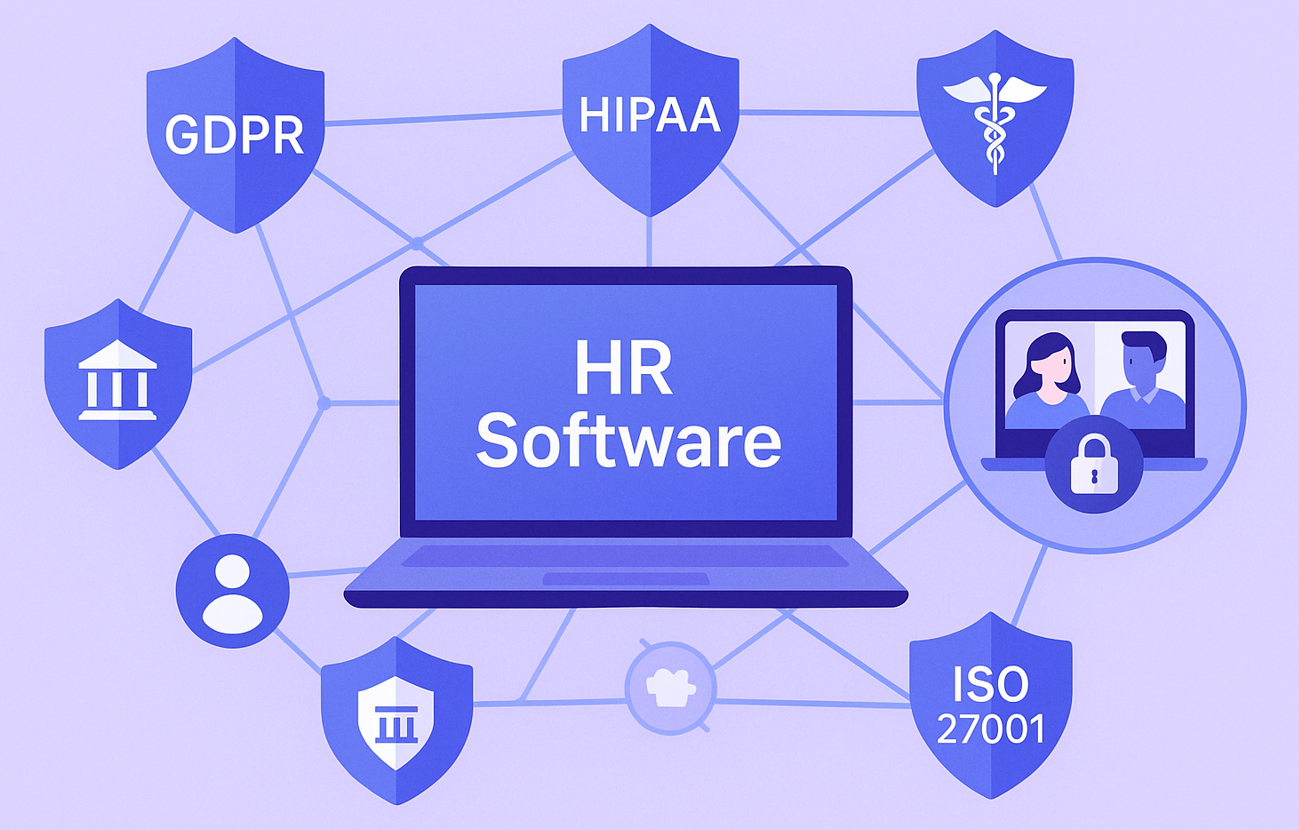
HR activities deal with highly sensitive personal data - from candidates’ personal details and interview discussions to employee onboarding sessions. And hence, security and data privacy are paramount.
Using a GDPR compliant video conferencing SDK and other global standards makes sure that adding video doesn't create security holes or legal problems.
A good SDK solution will let you regulate data flows and use strong encryption (typically end-to-end for calls) to keep meeting content safe from anyone who shouldn't have access. For instance, the SDK should allow for secure user authentication (so that only people who are allowed to join a session can do so) and impose access limitations like waiting rooms or passcodes as necessary.
By choosing a video SDK that is built with privacy regulations in mind, product managers can configure data residency (e.g. ensure recordings are stored on servers in the EU) and easily obtain user consent for recording or data processing.
From a technical POV, integrating an SDK lets you tie video sessions into your own application’s security framework. For instance, you can require users to log into the HR platform to join a call (no public link sharing), automatically enforce meeting locks, and align with your single sign-on (SSO) policies.
You can also choose where data like recordings or chat logs are stored to meet data residency requirements. Many SDKs also undergo regular security audits and provide compliance documentation (ISO certifications, GDPR adherence, etc.), which can be crucial for enterprise clients.
Scalability and Future-Ready Capabilities
HR platforms must be prepared to scale and evolve, especially as remote work continues and organizations grow. A customizable video conferencing SDK provides a future-proof foundation for real-time communication needs.
Technically, these SDKs are built to handle scale which means that the SDK provider takes care of the hard work of video infrastructure, such as server scaling, global load balancing, and low-latency streaming, so your team doesn't have to do it all over again.
A good SDK solution can handle a lot more users or a company-wide conference for thousands of employees without having to redo a lot of code. You may start small with this cloud scalability, like basic one-on-one video conversations, and then move up to big broadcasts or webinars on the same platform.
Another aspect of future-proofing is the ability to incorporate new features and technologies.
By choosing a flexible SDK now, product managers can ensure their HR platform can quickly adopt emerging trends like improved noise suppression, background filters, interactive whiteboards, etc. without switching providers. You are effectively aligning your product’s roadmap with a toolkit that can adapt to new use cases.
From a business point of view, scalability and adaptability protect your investment and let you decide what happens to your product as you are not locked into a rigid third-party app’s feature set and can decide what capabilities to offer and when to roll them out.
This means as the expectations of HR tech evolve, your platform can stay ahead of the curve. Ultimately, this leads to better customer retention and opens doors to larger enterprise deals that might demand advanced compliance, global scalability and deep integration capabilities.
To Conclude..
From both technical and business perspectives, customizable video conferencing SDKs have become critical to modern HR platforms.
Technically, they allow product teams to embed seamless, secure, and flexible video capabilities that integrate with every aspect of the HR workflow – from recruiting to onboarding to ongoing development. This results in a superior user experience, robust security compliance (including GDPR), and the ability to scale and innovate rapidly.
From a business standpoint, native video features drive faster hiring processes, higher engagement, and a consistent brand experience, all while giving HR software providers a competitive edge in the market. In a world where remote and hybrid work is commonplace and digital interaction is the norm, embedding customizable video conferencing is not just a nice-to-have – it’s a strategic necessity for HR tech success.
Frequently Asked Questions
1. Why is a customizable video conferencing SDK better for HR software than off-the-shelf tools?
Because it allows HR platforms to embed video directly into workflows, ensuring seamless integration with ATS, onboarding, and assessment systems. This creates a smoother candidate experience and gives recruiters better data visibility.
2. How does a GDPR compliant video conferencing SDK help HR platforms?
It ensures that sensitive HR data, including candidate interviews and employee onboarding sessions, is encrypted and stored according to data protection regulations. This reduces compliance risks and builds trust with enterprise customers.
3. What role does a video conferencing SDK play in improving candidate experience?
By embedding video calls inside the HR platform itself, candidates do not have to switch to third-party apps. The interview feels branded, professional, and integrated, which improves engagement and reduces drop-offs.
4. Can a video conferencing SDK scale for enterprise-level HR needs?
Yes. Modern SDKs handle global scaling, low-latency performance, and large meeting sizes. This allows HR platforms to support everything from one-on-one interviews to enterprise-wide onboarding sessions.
5. What technical benefits does embedded video conferencing API bring to HR platforms?
It provides the required APIs and components that enable HR teams to tailor workflows—such as panel interviews, coding assessments, or collaborative note-taking—while keeping security and compliance intact.
6. How do HR platforms gain business value from using a customizable video conferencing SDK?
They shorten time-to-hire, improve employer branding, reduce compliance risks, and offer differentiated workflows that make the platform more attractive to enterprise buyers.
